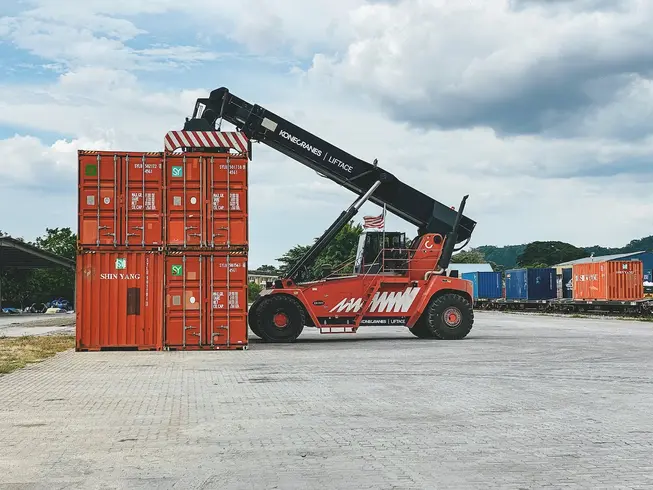After the initial 3 uses of dry ports we wrote about, found here, below are 3 more benefits.
1. Intermodal Connectivity:
Dry ports are designed to have excellent intermodal connectivity, including direct rail and road links. This allows for efficient transportation of containers between the seaport and the dry port. By diverting container traffic to dry ports and utilizing rail or road transport for the inland leg, it eases the burden on seaport infrastructure and reduces congestion.
To view property in our listing,
- Check out our YouTube videos here, or
- Visit our property listing page here.
2. Value-Added Services:
Dry ports often offer value-added services such as packaging, labeling, and container maintenance. By providing these services at the dry port, it reduces the need for such activities to be carried out at the seaport, freeing up resources and reducing congestion.
3. Last-Mile Distribution:
Dry ports serve as distribution hubs, facilitating the movement of cargo to the final destinations in the hinterland. By transporting containers to the dry port and then distributing them to their ultimate destinations via road, rail, or air, it reduces the number of trucks and containers entering and leaving the seaport, mitigating congestion.
Concluding…
Overall, dry ports act as intermediaries between seaports and inland areas, providing efficient cargo handling, storage, and distribution services. By diverting some of the cargo and associated activities away from seaports, dry ports contribute significantly to reducing congestion and enhancing the overall efficiency of the logistics and transportation system.
Keywords: Uses of dry ports | Advantages | Benefits | Dry Ports | Transportation









